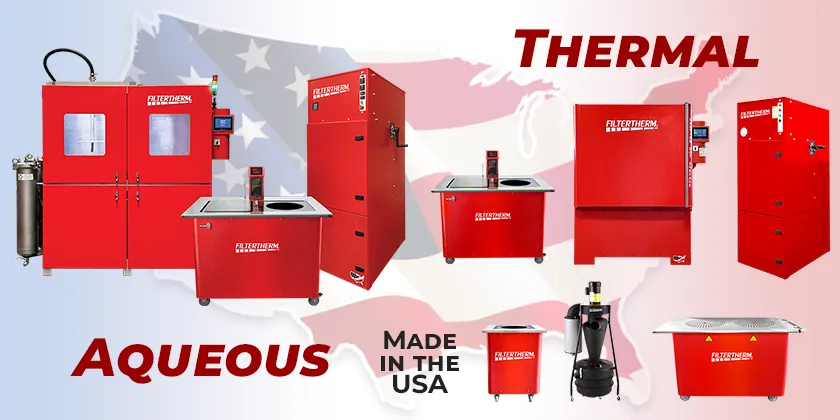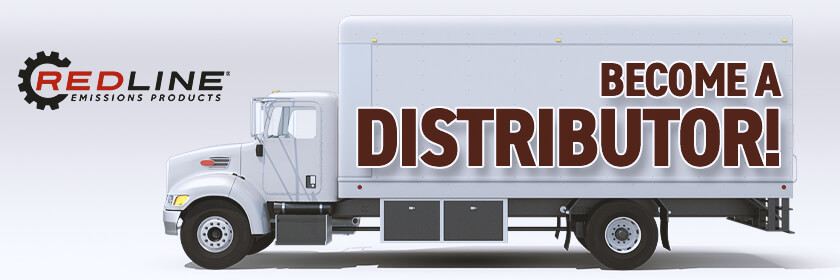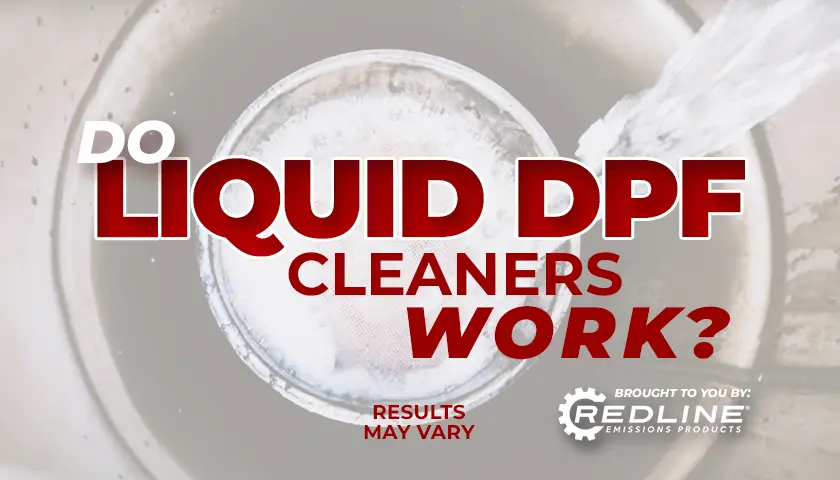
Expert Recap: Do Liquid DPF Cleaners Work?
In this article, we’ll look at the effectiveness of liquid DPF cleaners and review various other common DPF Cleaning methods.
Diesel Particulate Filters (DPFs) and the aftertreatment system play a major role in capturing particulate and NOx emissions from diesel engines. Over time, these filters can become bogged down with the byproducts of the regen process and other impurities in fuel and oil. This can cause impaired engine performance and additional fuel consumption. Regens can start happening more often with declining success. To fix this issue, some truck owners turn to various liquid DPF cleaners, rinsing techniques, and/or additives in hopes of a quick “fix” to save a few bucks. This can be a risky proposition at best.
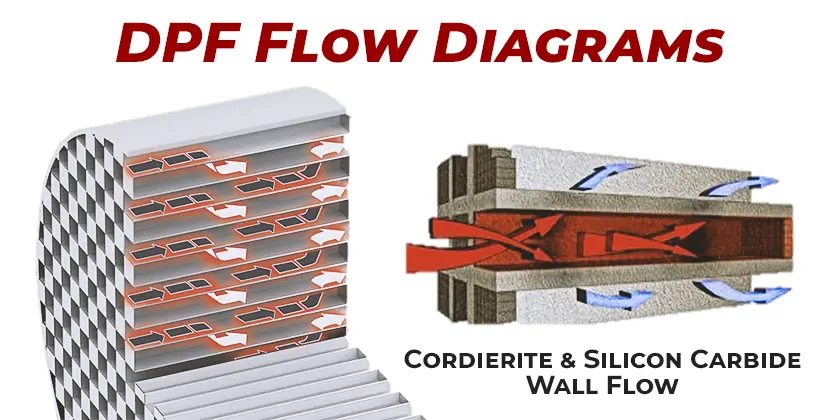
Understanding the DPF
Before getting into the effectiveness of different DPF cleaning methods, it’s essential to understand how DPFs work. DPFs are designed to trap and remove particulate matter, such as soot and ash, from the exhaust gases produced by diesel engines.
They consist of a ceramic or metal honeycomb substrate with tiny channels (often called “cells”) that capture these harmful particles.
The DPF itself will have a flow direction usually stamped or labeled on the side of the filter. You should not see soot on the outlet side of the DPF, this indicates something has gone wrong.
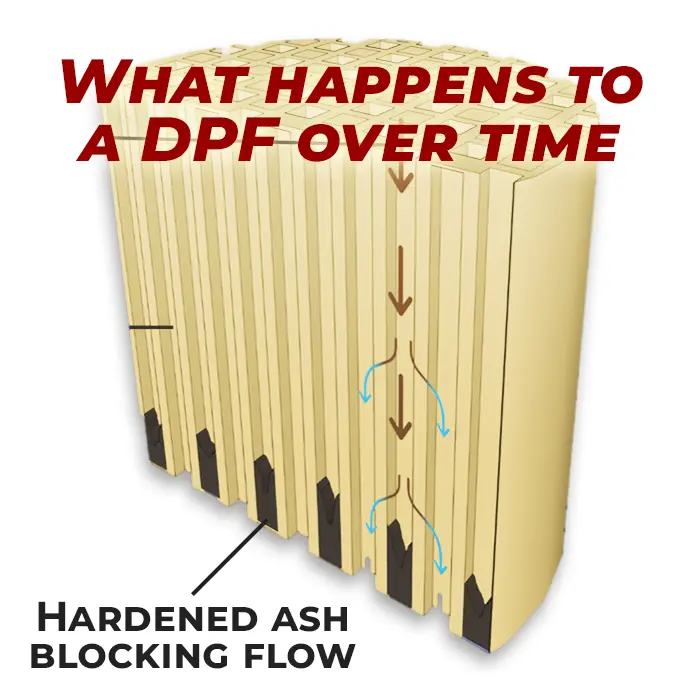
As time goes on, the DPF collects more & more particulate matter. Under normal conditions, the truck performs regens to self-clean the filter, but some of the ash and other impurities from the oil and fuel remain and accumulate as time goes on.
The filter becomes less efficient, leading to symptoms such as loss of engine power, more fuel consumption, and more frequent regens. To address this clogging of the DPF, various cleaning methods and products have been developed.
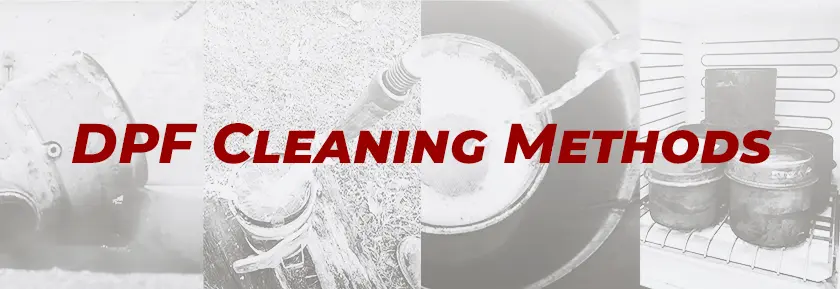
The Various DPF Cleaning Methods
Diesel Fuel Additives: These popular additives are added to the fuel and designed to reduce the formation of soot and ash in the DPF. They can also help lower the regeneration temperature required to assist in the burning of accumulated particulate matter. Changing the chemical formulation of the fuel may have implications over time.
Liquid DPF Cleaning Solutions: These solutions are typically sprayed into the DPF through an access port, or the DPF is removed and soaked in or rinsed with a solution and then washed out thoroughly with water. The goal is to dissolve and loosen the soot and ash deposits, making it easier for the filter to be cleaned out.
Power-Washing: As often seen online, this method is generally not recommended. It is very easy to damage your filters with too much water pressure. This can compromise the adhesive holding the DPF filter sections together, causing the brick to lose structural integrity. The fiberglass insulation between the brick and the metal casing for the filter can also suffer harm. DOCs are even more at risk from high-pressure streams of water which can remove the precious metals that coat the DOCs – rendering them useless. It should be noted, that the cost to replace a DPF or DOC is several times higher than just having the filter professionally cleaned in the first place – thousands vs hundreds of dollars. Not worth the risk.
Aqueous DPF Cleaners: These systems use water to wash the soot and ash from a DPF, then a separate unit dries the filter before re-installation back on the truck. These systems are usually faster than the other methods because there’s no long cool-down phase. Aqueous cleaning can accommodate oddly shaped units bypassing the need to cut out and reweld the filter. A great example of this is the Filtertherm Aqueous DPF Cleaning machine. This computerized machine is an automated and self-contained unit that also uses a surfactant pre-soak stage. This pre-soak releases the particulates inside the filter’s cell walls in preparation for the low-pressure, high-flow water wash. You can learn more about the Aqueous cleaning system here.
Thermal DPF Cleaners: The traditional “bake & blow” method has been around since the beginning. It utilizes a lengthy bake and cool down cycle to burn/loosen any soot built up in the filter, once this stage is completed, a second machine is used to blow and remove the ash out of the filter. Consider the precision-engineered Filtertherm Thermal system for your operation. You get a high-capacity, purpose-built DPF Oven, combined with the automated, self-contained Pulse Cleaner (blow-out stage), Cooling Cart, and Inspection Table. These units are specifically designed for each stage of the thermal DPF cleaning process.
Factors Effecting a DPF Cleaning
The effectiveness of cleaning a DPF can vary depending on several considerations:
Maintenance Intervals: Regular maintenance and awareness of the manufacturer guidelines for DPF cleaning and regeneration is a helpful starting point. It’s important to also factor in a truck’s typical duty cycle. Real world driving conditions such as start and stop traffic, cold weather, short routes, etc. have a big impact on cleaning intervals. Routinely cleaning DPFs as a part of proactive maintenance yields better results and longevity.
Type of DPF Cleaning: The type of cleaning method used matters. Some methods work better than others depending on factors such as filter size/shape, how clogged the DPF is, etc. For example, to clean odd-shaped filters such as many DOCs or light-duty DPFs, the Aqueous system works well. While a large-capacity thermal system can bake a whole One-Box. It’s important to use one that is suitable for the types of DPFs you generally will be cleaning.
An Undiscovered Upstream issue: Frequent regens/DPF cleanings, dash warning lights, high fuel consumption, filters with oil or coolant soaking, etc. can indicate deeper problems. Detecting & recognizing how upstream issues can affect the aftertreatment system is crucial. If upstream issues are unaddressed your aftertreatment system’s performance will continue to suffer over and over. Eventually, if the DPF or other components become severely clogged, professional cleaning or worse an expensive replacement filter may be required.
Preventative vs. Corrective Cleaning: DPF cleaning is often most effective when done preventatively – well before significant clogging occurs. Using DPF cleaning as a corrective measure for severely clogged filters often yields disappointing and expensive results. If the ash has become hardened deep within the filter it’s difficult and sometimes impossible to remove.

The Question Remains
How well do all these liquid or additive-based DPF cleaning methods work? Alas, definitive answers are difficult to find. Some would say the answer is “as clear as mud”.
Advocates of the fluid-style cleaning methods often include those looking for an inexpensive, DIY solution, or those who may not completely understand how these filters function.
- One issue with the liquid methods is when the filter is left on the vehicle, then it is being cleaned in the “wrong direction”. Cleaning most types of filters generally works better when cleaned opposite the normal flow.
- Secondly, just because the outside surface of the filter “brick” appears clean, it doesn’t mean it’s been cleaned all the way through the tiny cells/channels. For this reason, we recommend performing pin tests to check for blockages from sintering (hardened ash). Proper airflow is the key, not how clean the filter looks.
- There’s also the question of how well these liquid methods scale up.
- It’s important to factor in the proper disposal of all that wastewater.
What may be fine for Bob DIY in his home garage isn’t going to work as well for the hundreds of expensive trucks in your customer’s operation. Remember, the “quick and easy fix” isn’t always the best way.
Our service shops have been cleaning DPFs since they were introduced. Going with either of the proven DPF Cleaning techniques is certainly the best bet for long-term success in this business. We can recommend with assurance the same type of DPF Cleaning systems we use every day – Aqueous or Thermal. Either one the Filtertherm DPF cleaning systems can be a great source of income for your truck service and parts business. Emissions are here to stay, and your customers will continue to need replacement parts and DPF cleanings – often at the same time.
In Summary
Professional DPF cleaning and proper aftertreatment maintenance have become an essential part of all your customer’s operations. It’s important to meet their DPF Cleaning needs and do that with the most effective, efficient, and professional solutions.
You are sure to encounter some of these same questions about DPF cleaning additives and liquid DPF cleaners. You can help them understand the risks and rewards of each method.
It is important to encourage proactive/preventative maintenance, in addition to the use of safe and appropriate cleaning methods. If you can help to extend the life of your customers’ DPFs and keep those diesel vehicles running longer & cleaner you will earn their loyalty. This leads to more part sales and service opportunities.
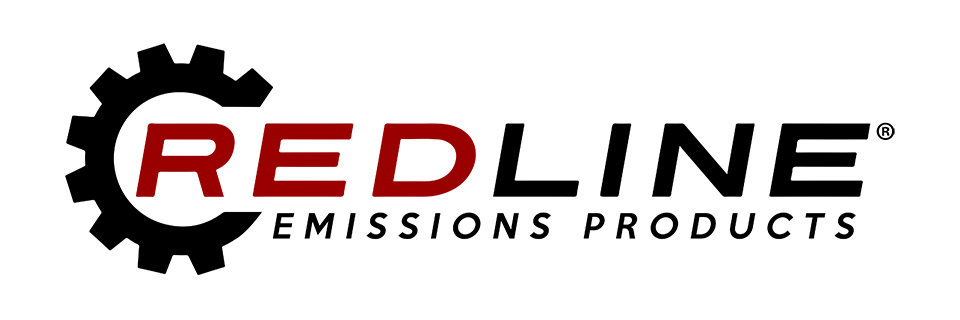
For inquiries or more information on our aftertreatment parts, DFP Cleaning equipment, or how to become an authorized REP distributor, feel free to contact us. We are here to assist you and provide the support you need every step of the way.
Want to find out about becoming a Redline Emissions Products® dealer? Contact Anthony Soto, National Sales Manager for REP to find out more. Call 888-295-4670
Need Tech Support or need help troubleshooting a DPF problem? No problem! Contact REP Support at 1-888-564-4209



